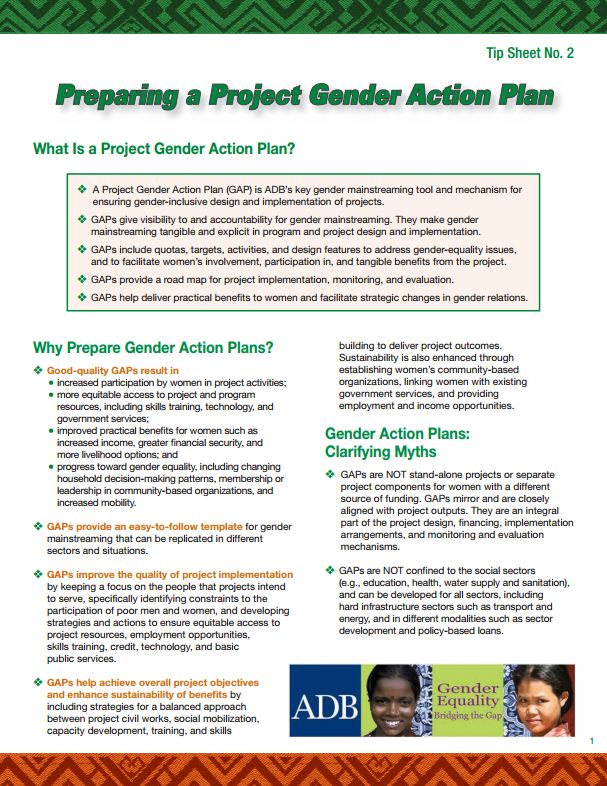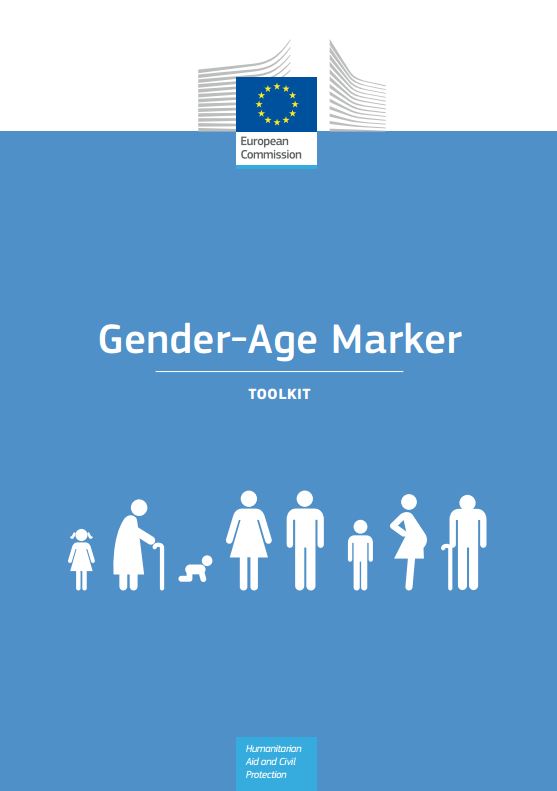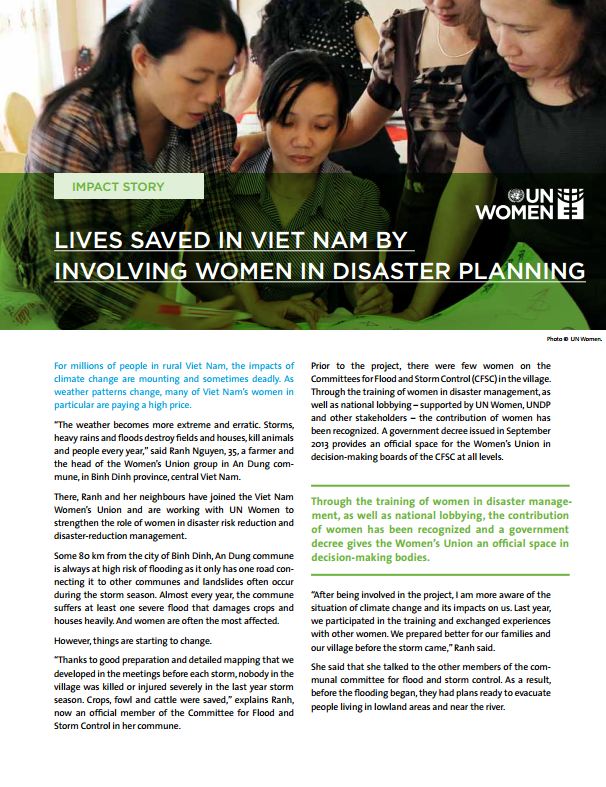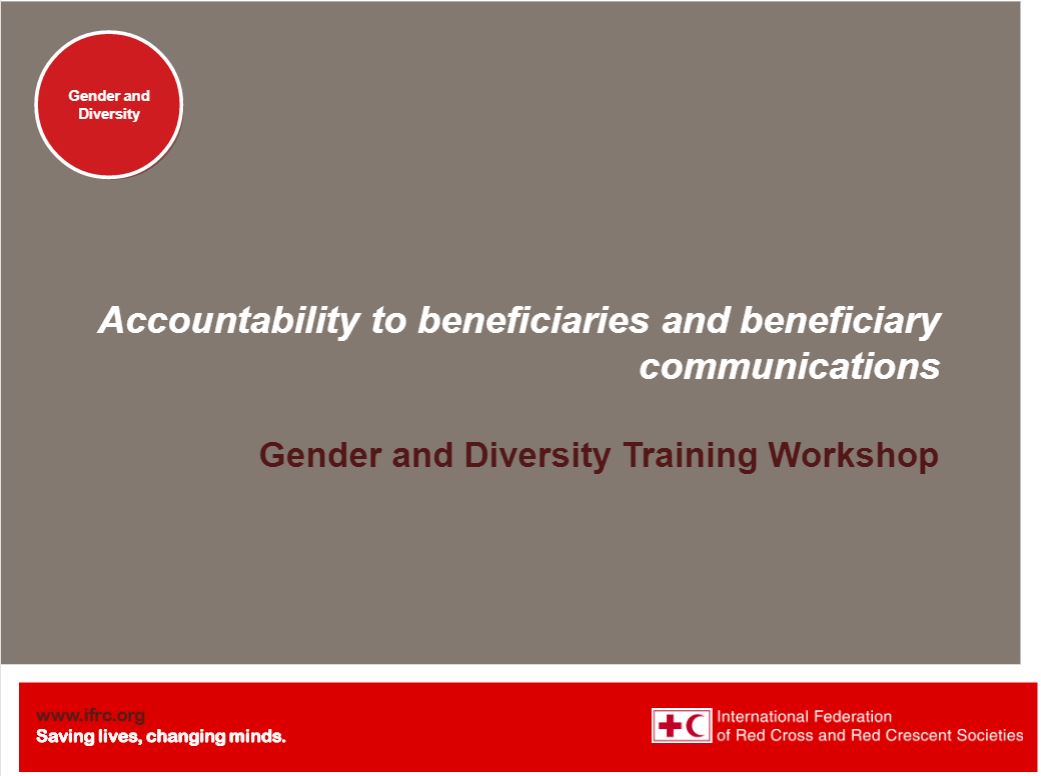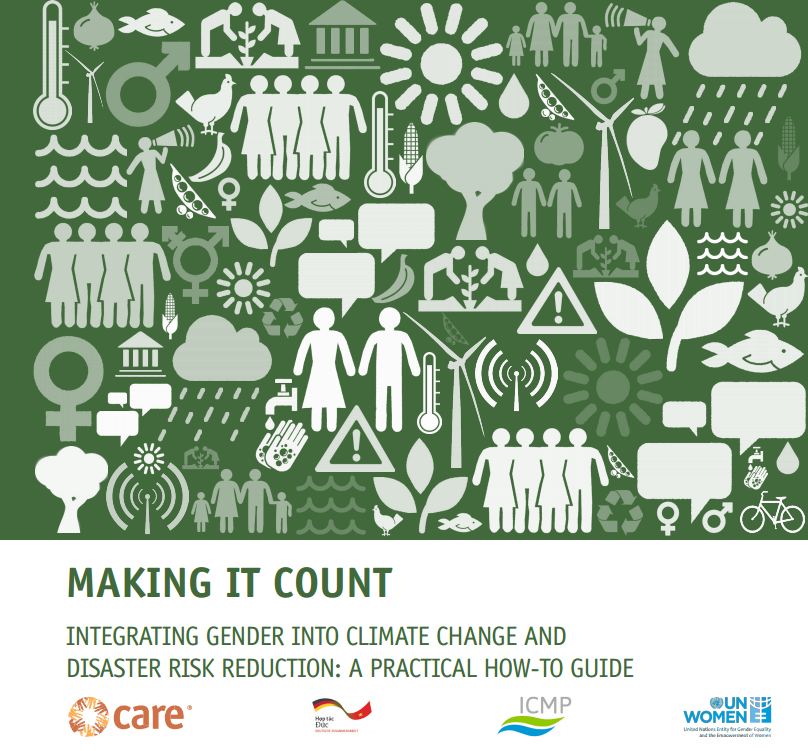Purpose
Why does gender equality matter in emergency Water Sanitation Hygiene (WASH) interventions? This document addresses this issue as well as the steps involved in providing emergency WASH programming.
Overview
The steps involved in providing emergency WASH programming that is effective, safe and restores dignity include: a needs assessment; activities and outcomes. A needs assessment is the essential first step. A gender analysis is also critical to understanding the social and gender dynamics that could help or hinder aid effectiveness. The gender analysis in the needs assessment will identify gender gaps such as unequal access to WASH services for women/girls and men/boys that need to be addressed. These should be integrated into activities. The project’s outcomes should capture the change that is expected for female and male beneficiaries.
Actions that can be used when designing or vetting a gender integrated project, and that can be a useful reference in designing minimum gender commitments include: analysing the impact of the crisis on women, men, boys and girls and what this entails in terms of division of tasks/labour, workload and access to WASH services; taking specific action to prevent risks of GBV, consulting girls and women at all stages of the WASH project, particularly about the location and the design of water points, showers and toilets in order to reduce time spent waiting and collecting water and to mitigate incidences of violence; ensuring that evaluation and translation teams include female staff; ensuring women, men, boys and girls participate equally in the design, implementation, monitoring and evaluation of humanitarian WASH response; ensuring women, men, boys and girls can access WASH services equally; and, based on gender analysis, making sure that women, girls, boys and men are targeted with specific actions when appropriate.
Usage: Guidance for project implementation
Audiences: Technical staff; Gender and diversity practitioners
Reference: Inter-Agency Standing Committee (IASC) (September 2012). IASC Gender Marker Tip Sheet: Water Sanitation Hygiene (WASH) (pp. 1-2). Available from: http://reliefweb.int/report/world/iasc-gender-marker-tip-sheet-water-sanitation-hygiene-wash [Accessed: 31 December 2015].
![]()




